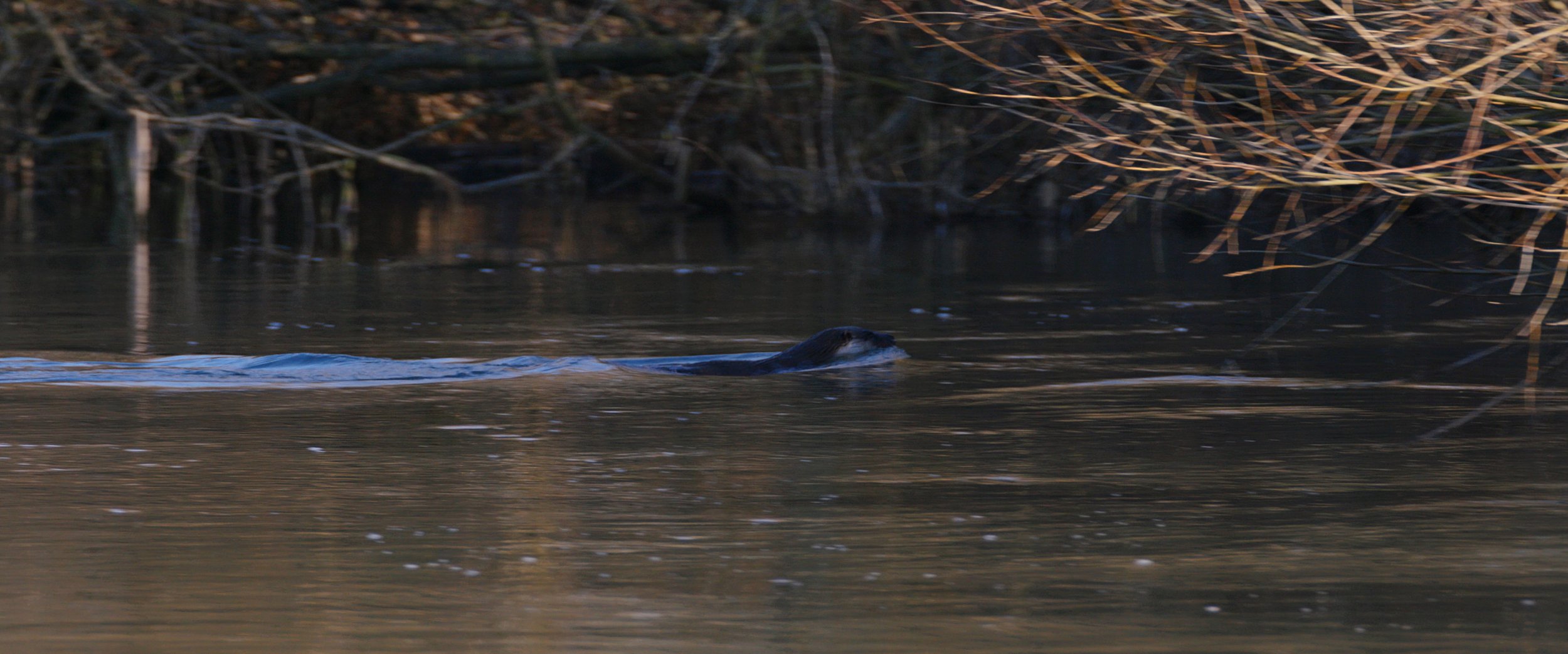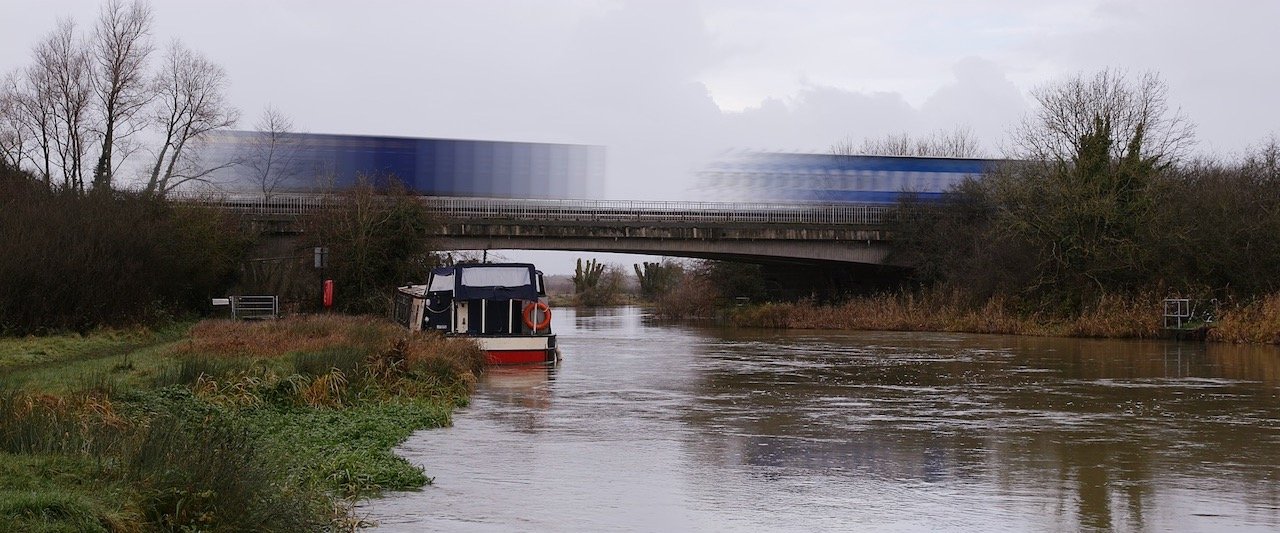“A work of art does not answer questions, it provokes them; and its essential meaning is in the tension between the contradictory answers.”
Leonard Bernstein
As a maker, a filmmaker in my instance, as a piece of work develops so also will the questions it’s asking.
My mountaineering experience has taught me to play a game of consequences - a game of what happens if. A sobering question to consider even on the gentlest of terrains.
Filmmaking presents somewhat lesser consequences but nonetheless what both activities share is the constant necessity to ask the important questions as the process progresses.
My project Remote Water has asked some important questions of me. The process has seen an unveiling of an arts practice from within a filmmaking practice. I have ordinarily worked within the bookends presented to me by an artist, director, or client. The conceptual bookends offered have often been wide apart and I have often had complete freedom to visually interpret the space in between. Remote Water has offered me an opportunity to be more singular with my voice and determine what and where those bookends are placed. What is it I want to say and how do I want to say it. Is this current process of making asking me to define and differentiate an arts practice from a filmmaking practice.
My ongoing project Observations from Isfryn, soon to be installed in the foyer of the T.S. Elliot Theatre, also represents this singular voice. How do I want to immerse the viewer and represent the entanglement of both natural and human activity within a predominantly managed landscape.
I studied Fine Art Film and Video at Central Saint Martins - a bastion of the avant-garde. I remember watching Michael Snow’s La Région Centrale (1972), a three-hour meditation on a Canadian landscape established by a camera setup rotating around itself. The film represents a tradition of films that emphasise observation as a mode of engagement and aspire to achieve a hypnotic and contemplative effect on their spectators by equating their films’ screen duration with an uninterrupted, real time and actual duration.
I am mindful though of both the attractions and restraints of slow cinema (or contemplative cinema as its also known). I confess, I have spent many an afternoon in an empty cinema watching and losing myself in the long takes of the finest exponents of slow cinema. The films of Michelangelo Antonioni and Andrei Tarkovsky come to mind.
More than sixty years ago, the audience at the 1960 Cannes Film Festival found Michelangelo Antonioni’s L’Avventura (1960) outrageously slow and boring and protested against the film’s relaxed tempo by whistling and shouting “Cut!” during scenes where dead time and stillness presided over causal action. While the public denied and disowned the film, next day the festival jury felt obliged to make an announcement proclaiming the film as a modern masterpiece in support of Antonioni’s “cerebral and contemplative (as opposed to instinctual and dynamic) art film.”
I am also mindful of the words of the Canadian Naturalist and Filmmaker Bill Mason:
“I prefer painting, but film is just about the next best thing to taking it with me. The problem with film, you show it the way it is everybody goes off to sleep.”
I don’t think I necessarily need to worry about a Cannes audience, but Remote Water is developing and proposing some questions I would like to answer in the future.
But the big difference between the arts and mountaineering decision making is the need to maintain an element of enigma. This is what keeps the spectator inquisitive. Think of a Duccio painting of a Madonna and child if you want to see something completely enigmatic within an otherwise familiar iconography. But be aware of the virtuous artful aesthetic.
The thing that keeps a piece of art relevant for ever is if you can’t land it.
At this moment in time while making Remote Water it’s important to keep asking the questions but perhaps also keeping them at arm’s length.






